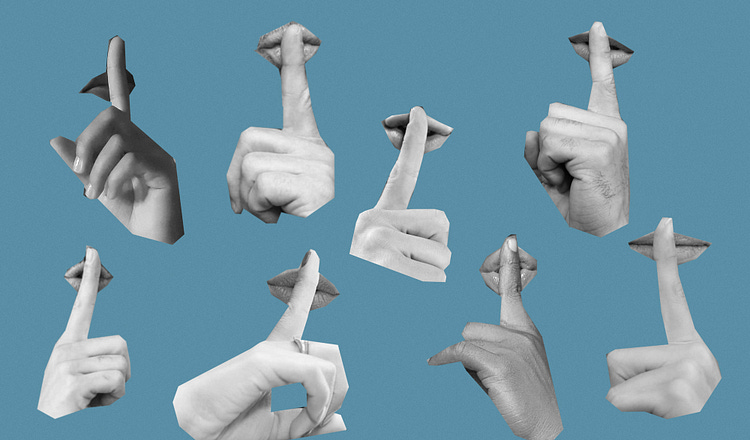How American Colleges Gave Birth to Cancel Culture

Illustration by The Free Press
A new book shows how universities first embraced a system of social punishment that now pervades our everyday lives.
65
Over the past few years, people have been targeted in real life and on social media for having “incorrect” views, and some have even been fired from their jobs for “wrongthink.” While many Americans define this as “cancel culture,” many on the left deny its very existence, insisting it’s a right-wing fantasy. Now, a new book, The Canceling of the Americ…
Continue Reading The Free Press
To support our journalism, and unlock all of our investigative stories and provocative commentary about the world as it actually is, subscribe below.
$8.33/month
Billed as $100 yearly
$10/month
Billed as $10 monthly
Already have an account?
Sign In


